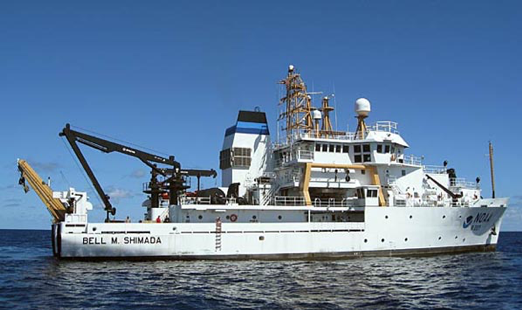
Blog: “A Look Back on MBNMS Accomplishments” by Paul Michel
From the spring of 2007 to September of this year, I had the honor and privilege of serving as Superintendent of Monterey Bay National Marine Sanctuary (MBNMS). Looking back on the past thirteen years, I am filled with gratitude to have worked with so many great people – sanctuary staff and leadership, sanctuary advisory council, research community, great institutions like Monterey Bay Aquarium, Seymour Center, CSUMB, elected officials, and business and community leaders. Grateful too for non-profit supporters like the California Marine Sanctuary Foundation and Monterey Bay National Marine Sanctuary Foundation (local chapter of the national sanctuary foundation), the list goes on and on! I am also so proud of the many MBNMS accomplishments in which I was fortunate to be involved.
Reflecting on some of the highlights shows just how incredible and complex the scope and breadth of the sanctuary work is to our coast and ocean, and the communities that depend on it.
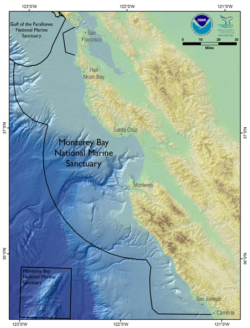
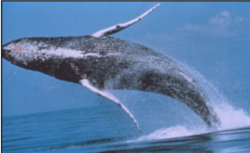
MBNMS encompasses a large area of the central coast. 276 miles of coast and 6,094 square miles of ocean. Most of the sanctuary is deep water, with the deepest parts at nearly 12,000 feet deep! The California Current and seasonal upwelling of nutrient rich waters drives the marine ecosystem, making this area one of the most species abundant and diverse. Sometimes referred to as the “Serengeti of the Sea”.
Sanctuary Exploration Center
In July of 2012, MBNMS opened the Sanctuary Exploration Center (SEC) in Santa Cruz, a beautiful 12,000 square-foot visitor center packed with interesting and informative interactive exhibits, a theatre, classroom, gift store, and ROV tank. The SEC has been a great venue for informing and inspiring people about the sanctuary and ocean conservation. It has also been a valuable asset to Santa Cruz. The opening ceremony celebrated the community effort to make the SEC a reality, the local effort to raise $3.5M for the exhibits, the donation of the land by Santa Cruz, and the federal dollars committed for the building.
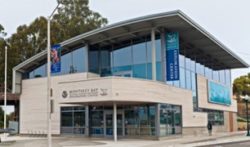
Conservation Science
There have been so many great accomplishments in conservation science from the MBNMS research team and through collaborations with partner science institutions. MBNMS is so fortunate to have active connections to more than 25 organizations that conduct science, monitoring, and innovative research in this region, as MBNMS efforts in this realm are rarely done alone. Great work has been done on Big Sur nearshore characterization and black abalone recovery. Studies on Deep Sea Corals (new discoveries, transplanting and growing deep-sea corals), Davidson Seamount characterization and discoveries (octopus garden!), and shipping containers in the deep have been realized through NOAA ship time, MBARI, and the Ocean Science Trust. MBNMS science has resulted in many great publications and field guides. There has also been new work on soundscape research, creative work on indicator species and marine biological observing networks moving towards more timely (and on-line) ecosystem information and analysis. The SIMON website (https://sanctuarysimon.org/) that MBNMS staff developed (before my time) and regularly maintain, provides sanctuary staff, collaborative partners, agencies, and the public a powerful tool to quickly access summary information on hundreds of monitoring and research programs that occur within sanctuaries. In addition, SIMoN provides digital images, maps and species-level natural history information. The MBNMS research team was key to the development of Sanctuary Ecologically Significant Areas (SESAs) – see more on this below in “Resource Protection”.
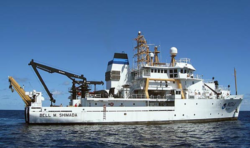
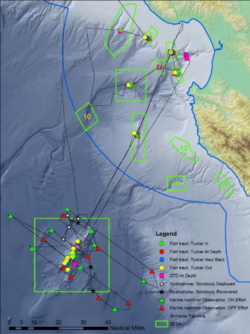
Resource Protection
So many great accomplishments and moments in resource protection, a body of work that has a wide range of issues and challenges: from water quality to golf balls; from jet skis to desalination projects; and everything in between. Resource protection also includes the incredible number of enforcement and emergency response incidents, permits, and marine policy considerations across a number of local, state, and federal agencies. What makes MBNMS resource protection so relevant and important in our communities are the citizen science and volunteer programs like First Flush (catching the first rain event of the year to test water quality), and Snapshot Day (a one-day snapshot of the health of the rivers and streams that flow into MBNMS). In addition, Team Ocean and BayNet (the volunteers that meet and greet the public from kayaks or on the bike path and do sanctuary outreach and prevent wildlife disturbances). MBNMS involvement in programs and projects to improve agricultural water quality has brought many millions of dollars in partnership grants for this important work. One issue in particular that has taken a lot of time and energy is the work MBMNS did on desalination project review, especially the NEPA/CEQA efforts. More recently, MBNMS leadership in whale conservation efforts (supporting the disentanglement network and gear innovation testing) is demonstrating the responsibility and care for living resources the public entrusts in sanctuaries. Certainly, a highlight is the work we did on SESAs and the “Collaborative Proposal.” I am so proud of how we managed the challenge of addressing MPA’s in federal waters through a process of engaging fishermen, bringing in the environmental groups, and producing a model for collaboration. That project resulted in the Pacific Fisheries Management Council reopening fishing grounds that had been closed and closing new areas to protect sensitive habitats, a true win-win.
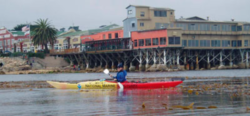
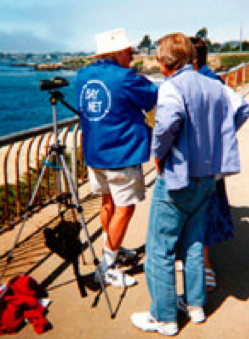
Education and Outreach
While the SEC and the Coastal Discovery Center (CDC) in San Simeon are the primary mechanisms for education and outreach, MBNMS has done so much more to inform and inspire visitors, residents, kids and adults. YourSanctuaryTV on local cable and youtube, “Get Into Your Sanctuary” (annual event to encourage people to “get in”), “Fishermen in the Classroom,” “Voices of the Bay,” Whalefest, and so many other events and speaker series that have really expanded MBNMS reach, relevance, and importance to communities and stakeholders.
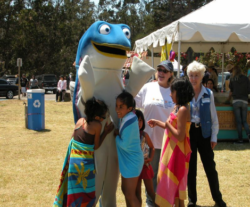
Superintendent Michel as Sammy the Steelhead at the CDC Ocean Fair at Hearst State Beach in San Simeon.
Operations
For me the highlights in operations were things most people did not see, but certainly felt – accounting, budgeting, contracts, the assistance and support to staff in everyday operations, and recently managing the move to mandatory telework during COVID. These are the critical things that kept MBNMS a fully functional unit and able to work so effectively. Also, managing our advisory council operations. And of course, The Ops Team support for Management Plan Review was fantastic, from scoping, to many advisory council meetings, to multiple draft documents, to getting the draft out in July of this year – truly a great MBNMS Team effort!
Final Words
In conclusion, while the role of Superintendent is important, ultimately the successes realized over time depend on dedicated staff, great volunteers and docents, an active and engaged advisory council (and research panel), and broad support from communities and stakeholders. Federal dollars provide basic support for sanctuaries. It is up to sanctuary communities to make sanctuaries truly effective, truly relevant and important. We will only treasure and care for what we know and love; so get to know your Monterey Bay National Marine Sanctuary!
MBNMS Needs Your Support
A message from the Monterey Bay Chapter of the National Marine Sanctuary Foundation: Chapter funds supplement federal funds in support of whale rescue and public outreach programs run by Monterey Bay National Marine Sanctuary. These programs support the sanctuary’s mission to protect and maintain the health of a diverse array of wildlife and habitats, including spectacular kelp forests, the more-than-two-mile-deep Monterey Submarine Canyon, and the spectacular Davidson Seamount.
Donations not only help to support the activities of the sanctuary, it also contributes to the health of our life-sustaining ocean.
Stay In Touch
To stay up to date on what our Chapter is doing, or to make a donation, please visit montereybayfoundation.org. You can follow on Instagram and Facebook @montereybayfoundation. To be added to our email list, please contact Executive Director Ginaia Kelly at ginaia@marinesanctuary.org.
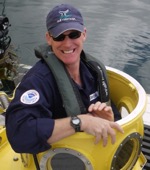
By Paul Michel, Regional Policy Coordinator for NOAA’s West Coast Office of National Marine Sanctuaries; former Superintendent of Monterey Bay National Marine Sanctuary; former Manager of US EPA Region 9’s Southern California Office.
